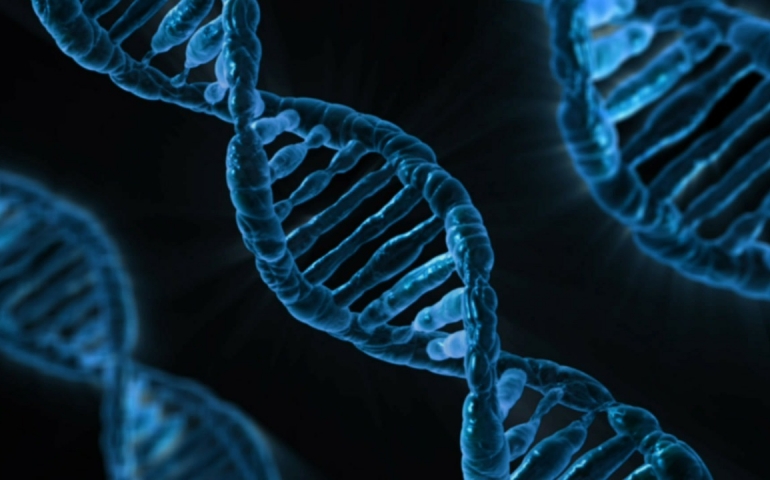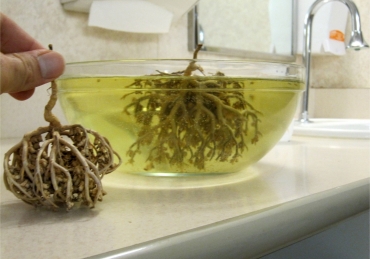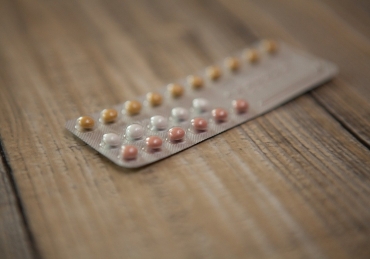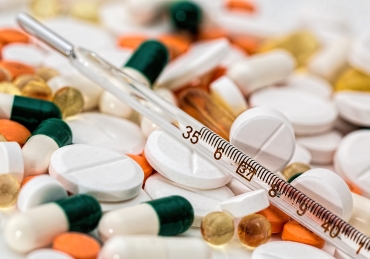Pre-Implementation Genetic Diagnosis
Question
A person suffers from Duchenne Muscular Dystrophy which is a progressive muscle degeneration disorder which can be passed down genetically. He is asking whether it is permissible for him and his wife to use Pre-Implementation Genetic Diagnosis.
The Pre-Implementation Genetic Diagnosis a treatment which involves checking the genes or chromosomes of the embryo for any genetic disorders. Because the embryo needs to be tested in a lab, IVF is required, even if the couple have no fertility problems. The process is outlined below:
Step 1: Stimulation of the ovaries: In order to create embryos for genetic testing, the ovaries have to be artificially stimulated using hormones to produce several eggs at the same time. Because a significant number of a couple’s embryos are likely to be affected by the genetic or chromosomal abnormality, a large number of embryos need to be created for the best chances of success.
Step 2: Collection of eggs from the ovaries: At the appropriate time, the eggs are removed in during a surgical procedure known as egg retrieval. Once the eggs are removed, they are inspected to determine which are mature and normal appearing.
Step 3: Insemination/injection of sperm: Fertilisation during PGD will be done either by:
- In Vitro Fertilisation (IVF): Sperm and eggs are placed together in a culture dish to allow fertilisation to occur.
- Intracytoplasmic Sperm Injection (ICSI): A single sperm is injected in the centre of an egg. This technique is used for conditions caused by a single faulty gene.
Step 4: Fertilisation: The morning after injection/insemination of the sperm, the embryologist carefully examines each egg to see if fertilisation has occurred.
Step 5: Embryo biopsy: The eggs that were successfully fertilised are grown in the laboratory for 5-6 days when the embryo forms what is called a blastocyst of about 100-150 cells. At this stage trophectoderm biopsy (the cells which will form the placenta) takes place. This technique is highly specialised and can only be carried out by embryologists who have a special licence from the Human Fertilisation and Embryology Authority (HFEA). The removal of these cells should not harm the embryo.
Step 6: Embryo Testing: The cells are tested to see if the embryo from which they were removed contains the abnormality that causes the genetic condition.
Step 7: Embryo Transfer: Only those embryos that do not have the specific genetic condition that was tested for will be transplanted into the woman’s uterus. Usually, one embryo will be transferred to the uterus at any one time to avoid the possibility of multiple births (more than one baby in a pregnancy). Any suitable remaining unaffected embryos can be frozen for later use. Those embryos that are affected by the inherited condition are allowed to perish or couples are asked if they would consider allowing these embryos to be donated for research and training.
Step 8: Pregnancy Test: Twelve days after the embryo transfer, the woman is given a pregnancy test. A positive pregnancy test means that an embryo has implanted.
بسم الله الرحمن الرحیم
Answer
Pre-Implementation Genetic Diagnosis is only lawful if there is a high-risk of a serious genetic disease transferring to the child. It should not be used if the risk is low or if the disease is not serious. Nor should be it used to determine the gender of the foetus or for other reasons such as the colour of the eyes.
Couples who use the diagnosis should ensure the following:
- There should be no third-party involvement. A donor’s sperm or eggs must not be used.
- The Satr should only be exposed, when necessary, in front of a person of the same gender.
- Embryos that are not used should be disposed of and not used for any other purpose.
قال الله تعالى: والذين هم لفروجهم حافظون، إلا على أزواجهم أو ما ملكت أيمانهم. وعن رويفع بن ثابت رفعه: من كان يؤمن بالله واليوم الآخر فلا يسق ماءه ولد غيره، رواه الترمذي (١١٣١) وحسنه. ورواه أبو داود (٢٧٠٨)۔
Allah knows best
Yusuf Shabbir
9 Jumādā al-Ūlā 1444 / 4 December 2022
Approved by: Mufti Shabbir Ahmed and Mufti Muhammad Tahir







